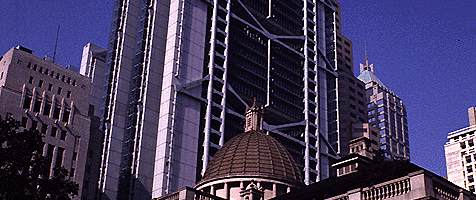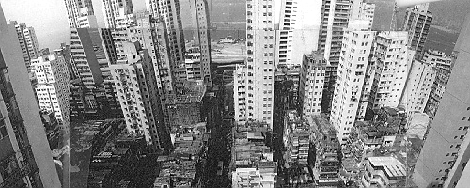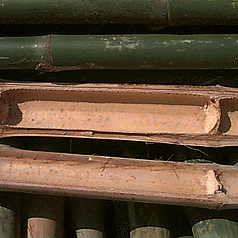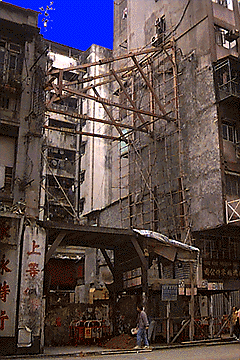








One of the greatest problems of designing today is the fact that engineers can solve ANY problem. Anything can be built. Structural "realities" are perceived as no longer imposing limitations upon the design architect. Form does not have to be dictated by structure or even follow a function. Many of the seemingly undeniable "truths" of architectural design have been rendered meaningless. Yet, gravity persists despite this incredible freedom of choice. Buildings must stand up at the end of a real or virtual working day.
Architectural design cannot be based soley upon one of the many aspects that make up the profession. It surely should never be based on architectonics alone. Yet, structure is the very raw material of building. To use structure without understanding its implications is irresponsible and results in meaningless formalism. An architect is supposed to be a specialist in building, not just a creator of arbitrary form. The word structure can be used alone or in conjunction with many other descriptive words. Dictionaries can be consulted to find the following definitions:

There are multitudes of different scales at which one should perceive structures. Each scale reveals beauty and provides an amazing amount of information at the same time. Seeing the information at each level of perception is critical. Learning to see the structure of the world around us is an important part of life and of this course. It is critical to the success of an architect that she/he be able to see beyond the skin of a building; beyond the surfaces of a space and into the load-bearing structure. This is the fabric from which space is molded. Understanding the nature of the fabric enables one to create the seams between spaces. Understanding the load-bearing structure of a building is to understand the space that is being created.

There is a fundamental rightness in a structurally correct concept. It leads to an economy of means that can be understood by all. Designs which are inherently structurally correct are often perceived as objects of great beauty, even if only truely comprehended by few. One can find structure in everything. Look at landscapes, cities, roofs, walls, and at the veins in a leaf from both afar and as close as you can. Record what you see. What are the similarities? What is unique about each? Look at the:
